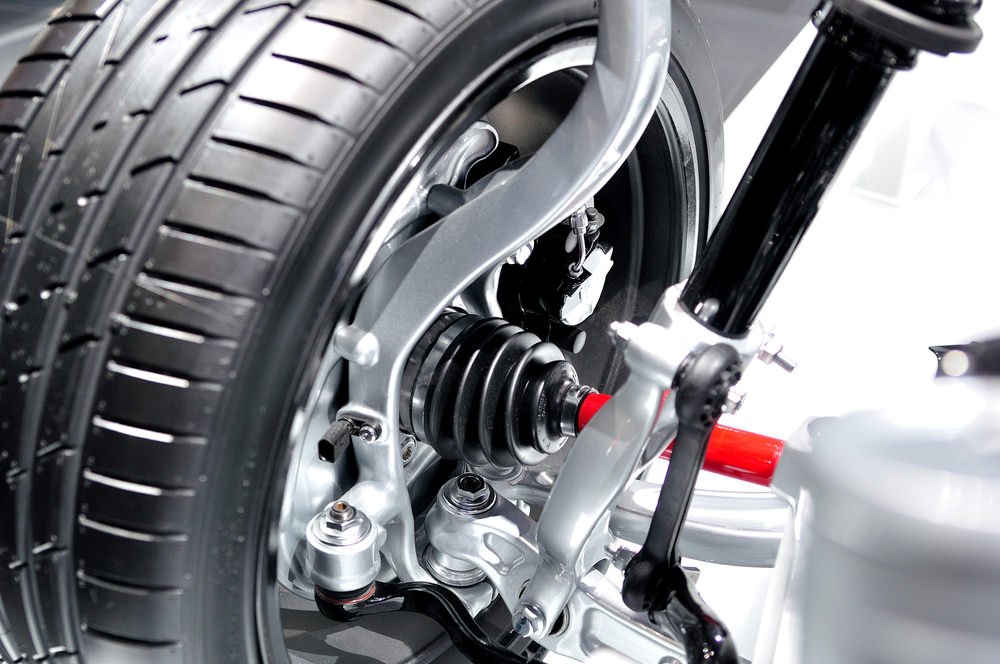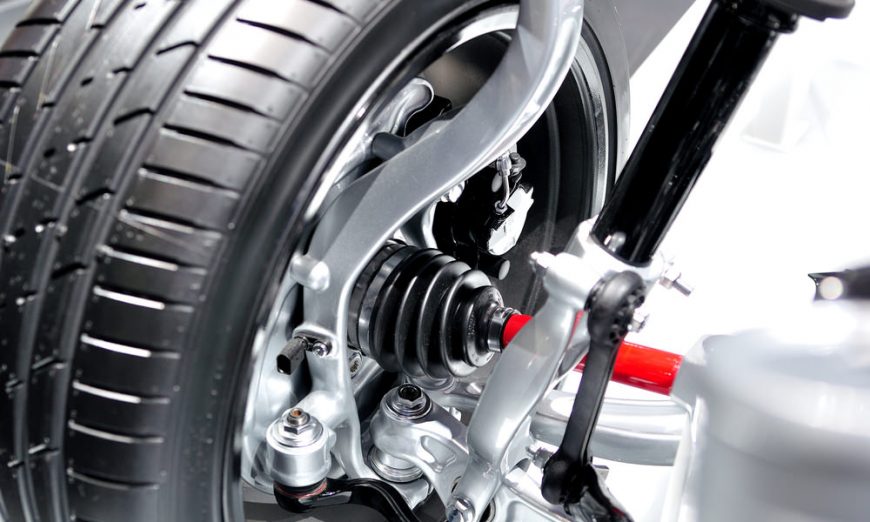
Suspension components, including springs, shock absorbers, anti-roll bars, control arms and other parts, are like combat troops serving on the frontlines: They take a pounding daily from potholed streets, railroad tracks, rain, snow, road salt, gravel, all manner of dirt and grime, and the occasional piece of scrap metal or other debris that drivers see too late to avoid. Any kind of problems with this system can lead to shaking, although loose connections, bad tires, and worn or corroded, rusted cylinders are some of the most common. These kind of problems can be difficult to diagnose by yourself for people with little or mechanical experience, but are easiest to fix once they’ve been identified. You need to keep your entire system in good shape to avoid recurring problems. Suspension systems don’t just get damaged at once, they do so with time. Such things as steering control and ineffective breaking among other factors contributing to the damage. Here are some common suspension problems you will encounter:
1. Poor wheel alignment- The wheels have to be pointed in the right direction (literally) and aligned for toe-in, camber and caster. If they aren’t, your steering won’t be centered when you’re going straight and tire wear will increase. Wheels get knocked out of alignment by potholes and curbs, but getting the wheels aligned won’t fix damaged springs, controls arms or other parts that affect alignment. When you buy new tires, it’s a good idea to have the alignment checked so suspension issues don’t shorten tread life.
2. Brake issues- Cars with trouble during deceleration might have some brake issues. The function of the brakes is to slow the entire car, which is often more difficult than simply stopping the tires from rotating. Issues with brake pads, cords, or connections can cause shaking or vibrating in the steering column as misdirected energy looks for a way out.
3. Worn out shock-absorbers- When you notice more bouncing even when you hit a small pothole just know that your absorbers have been completely worn out.
4. Springs- These are what hold the weight of the car, and as they wear they can sag or break. If your car is on level ground but one corner is lower than the others, that’s a sign of a damaged spring. You can measure the height of the corners to confirm your visual cue. You might also hear clunking noises over bumps, and the car may not corner with confidence because a damaged spring can’t control the weight it’s supporting.
5. Steering column- There’s also a possibility that a steering wheel is shaking because of a problem in the steering column itself. This happens when there are lose screws or twisted wires in the interval between car and steering wheel. Cars with this kind of problems often have this shakes most when temperatures are very cold; frozen screws and sockets do not always have the same friction as they do during this periods. This can make sounds and vibrations get very pronounced.
It’s generally a good idea for drivers to get a mechanic’s input soon as the suspensions starts to shake. Pay careful attention too.
